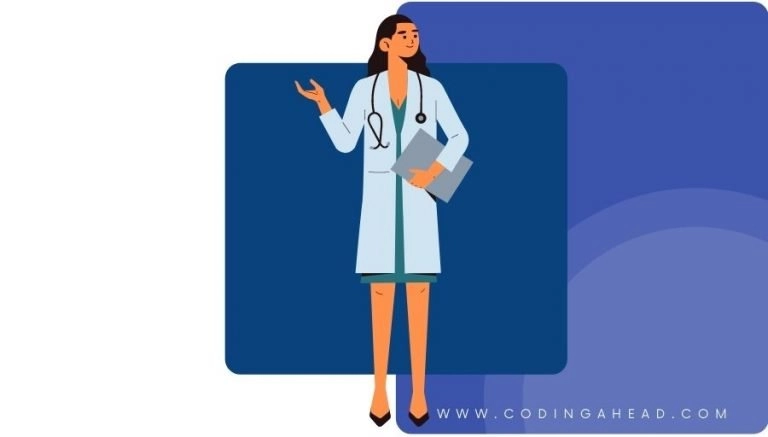How To Use CPT Code 70310
CPT 70310 describes the partial examination of teeth using radiologic examination. This article will cover the description, procedure, qualifying circumstances, appropriate usage, documentation requirements, billing guidelines, historical information, similar codes and billing examples.
1. What is CPT Code 70310?
CPT 70310 can be used to describe a radiologic examination of some, but not all, of the teeth in the mouth. This code is used when the provider takes X-rays of a specific area of the mouth to identify abnormalities in the teeth and surrounding tissue.
2. Official Description
The official description of CPT code 70310 is: ‘Radiologic examination, teeth; partial examination, less than full mouth.’
3. Procedure
- The provider performs an X-ray of only a part of the mouth, focusing on the area of interest.
- The X-ray helps identify any abnormalities in the teeth and surrounding tissue, such as dental cavities or potential problems between teeth and jaws.
- The X-ray film is placed inside the mouth to capture the images.
- The developed film shows structures that are dense, such as silver fillings or metal restorations, appearing white, while structures containing air appear black. Teeth, tissue, and fluid appear as shades of gray.
4. Qualifying circumstances
Patients eligible to receive CPT 70310 services are those who require a partial examination of their teeth. This code is used when the provider needs to focus on a specific area of the mouth to identify abnormalities. It is commonly used to find dental cavities before they are visible to the naked eye or to assess the health of the tooth root and bone surrounding the tooth. The procedure is typically performed in a dentist’s office.
5. When to use CPT code 70310
CPT code 70310 should be used when the provider performs a radiologic examination of only a part of the mouth, focusing on specific teeth or areas of interest. It is not appropriate to use this code for a full examination of the teeth.
6. Documentation requirements
To support a claim for CPT 70310, the provider must document the following information:
- Reason for the partial examination and the specific area of the mouth being examined
- Date of the examination
- Details of any abnormalities or findings
- Signature of the provider performing the examination
7. Billing guidelines
When billing for CPT 70310, ensure that the examination is a partial examination of the teeth and not a full examination. It is important to accurately document the specific area of the mouth being examined. CPT code 70310 should not be reported with other codes for a full examination.
8. Historical information
CPT 70310 was added to the Current Procedural Terminology system on January 1, 1990. There have been no updates to the code since its addition.
9. Examples
- A dentist performing a partial examination of the upper front teeth to identify any cavities or abnormalities.
- A dental specialist focusing on a specific area of the mouth to assess the health of the tooth root and bone surrounding the tooth.
- A dentist taking X-rays of the back molars to check for any impacted teeth or potential problems between teeth and jaws.
- A dental hygienist performing a partial examination to monitor the progress of a dental treatment.
- A dentist using radiologic examination to evaluate the position and structure of a specific tooth before a dental procedure.
- A dental surgeon performing a partial examination to assess the healing process after a tooth extraction.
- A dentist taking X-rays of the lower jaw to identify any abnormalities or signs of infection.
- A dental specialist focusing on a specific area of the mouth to evaluate the alignment of the teeth.
- A dentist using radiologic examination to assess the condition of the gums and surrounding tissue in a specific area of the mouth.
- A dental hygienist performing a partial examination to check for any signs of periodontal disease.


